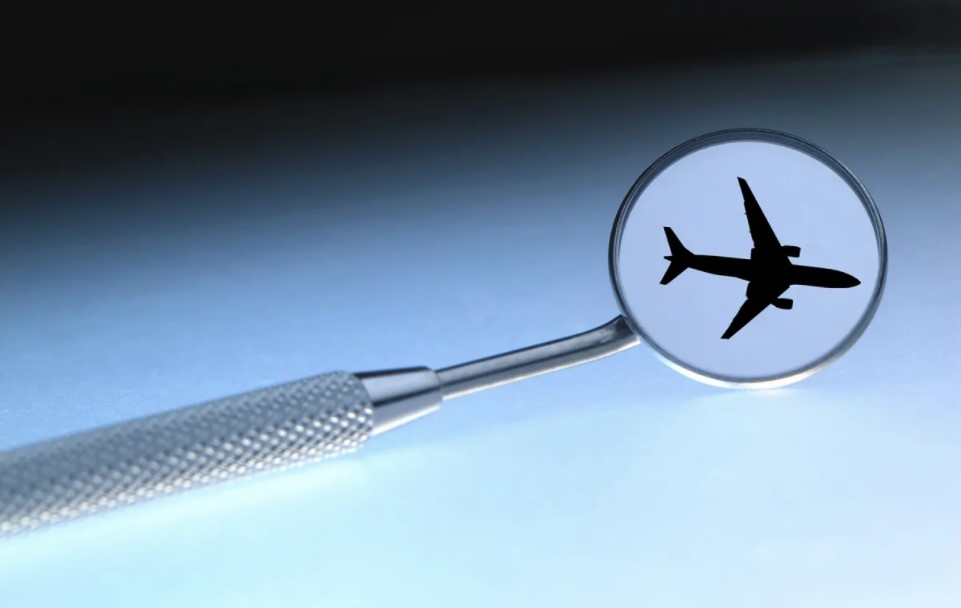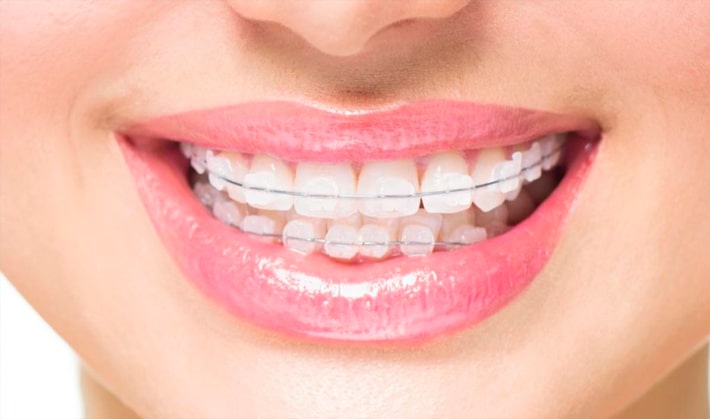Braces are a safe and effective way to correct malocclusions, including crooked teeth and a misaligned jaw. As with any orthodontic treatment, the cost of getting braces depends on the duration and complexity of your individual treatment. In Australia, the cost of braces may range from around $6,000 to $15,000, depending on the type of braces your orthodontist recommends (e.g. metal braces, ceramic braces, lingual braces – generally lingual braces are more expensive) or clear aligners.
While braces are an investment in your future smile, their expense has led many Australians to seek orthodontic treatment abroad – a phenomenon known as dental tourism. With dental tourism, people combine orthodontic treatment such as getting braces with the sightseeing and relaxation of a holiday.
So just where are the cheapest countries to get braces, and are the potential savings really worth it? Below, we explore the pros and cons of getting braces abroad.

Is it worth getting braces abroad?
When it comes to weighing up orthodontic treatment abroad, there are two things to consider: cost and quality.
As you would expect, the cost of getting braces overseas varies from region to region. In developed countries, expenses such as rent and staff and government regulation over standards of practice (e.g. infection control) are generally higher than in developing countries such as Thailand or Mexico. This may lead patients to believe that they could begin or undergo the same orthodontic treatment for seemingly much less.
However, braces aren’t a treatment you can set and forget. A typical comprehensive treatment period lasts approximately18 months, with regular adjustment appointments (i.e., every month or two) required to supervise your treatment progress and to appropriately adjust the pressure applied to your teeth. What does this mean? Even if you get braces abroad during a two-week jaunt to Thailand, you will need to link in with an orthodontist back at home for regular adjustments. The ongoing costs of these maintenance appointments will definitely begin to cancel out any initial savings.
An orthodontic clinician’s training, experience and reputation are extremely important. Were they trained at an international institution which is comparable to those found in Australia? This can be very difficult to verify and confirm for an overseas practitioner. All Australian health practitioners (including all orthodontists) must meet a minimum clinical standard and quality of training to register as a specialist with Australian Practitioner Regulation Health Agency.
Therefore, you can rest assured that all registered specialist orthodontists in Australia have completed extremely rigorous education and clinical training.

How much does it cost to get braces overseas?
Much like in Australia, the cost of orthodontic treatment overseas can vary depending on the location of the practice, the type of treatment, and even if they offer any special deals. Getting metal braces in Thailand can cost anywhere from $1500 – $4000, while orthodontics in India can start at just $532. But when it comes to orthodontic treatment anywhere in the world, cost should not be the only factor.
It is vital that any clinic or practice follows strict quality controls and sterilisation to ensure their treatment methods are clinically safe and effective. This can be very difficult to verify and confirm. It is also very common for treatment provided overseas to not meet the standards of practice in Australia. It is very common for Australian orthodontists to remove or replace appliances placed overseas due to their poor quality, poor positioning and/or poor planning. Such removal and replacement may cancel out any expected “savings” made by seeking overseas treatment.
So, once you factor in the cost of your appliances, travel and accommodation, the essential follow-up appointments, and the potential costs to correct any issues that arise (which can include additional treatment or in severe cases even surgery), it is likely to be more cost-effective to stick with a local Australian orthodontist.
Pros and cons of getting braces abroad
There are both pros and cons to getting braces abroad:
Pros
- Cost. Even when you factor in flights and accommodation, beginning orthodontic treatment abroad can initially be a bit cheaper than starting orthodontic treatment in Australia
- Holiday. Combining orthodontic treatment with a well-earned holiday suits many people – hence the popularity of dental tourism. However, this is far less popular for orthodontic treatment compared to other types of dentistry such as implants, crowns and bridgework or false teeth (as such treatment can be done in a matter of days – in contrast, to carefully moving teeth with orthodontic treatment often takes many months to achieve the desired outcome).
Cons
- Quality. Treatment quality varies greatly overseas and it’s much more difficult to choose an expert orthodontist when you’re unfamiliar with the language or region. The risk of poor quality or even harmful orthodontic treatment is a significant disadvantage of getting braces abroad.
- Follow-up. As we mentioned above, most orthodontic treatment requires a 15 to 18 month treatment duration and regular supervision and adjustment appointments to keep your treatment progress on track. This is difficult or impossible if your orthodontic treatment provider lives overseas.
- Infection control. While Australian orthodontists follow strict infection control protocols, practitioners abroad may not – increasing your risk of infection with nasty viruses or bacteria.
Is it safe to get braces abroad?
All clinical procedures carry some inherent risk, which should be clearly explained by your treating practitioner. Getting any form of treatment overseas can further increase the risks, and until you’re there in person it can be difficult to see how you feel about the potential practice or their processes. In addition, a language barrier can make it difficult to have the detailed discussions you need to develop a treatment plan that is safe and effective for you.
Given the serious cons listed above, we believe that getting orthodontic treatment abroad just isn’t worth it. Australia is recognised globally for its quality orthodontic treatment, strict infection control and safe practice protocols. Why take any more risks? We strongly suggest having your orthodontic treatment performed close to home. That way you can be confident you will achieve the smile you have always wanted!










